Unmatched Seabass: How Our Chilean Seabass Won Me Over
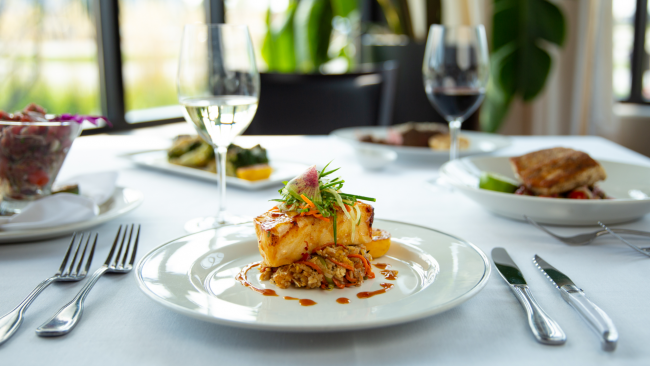
When it’s harvested, purchased, and properly prepared—with unyielding attention to conservation—a dish like our Chilean seabass evolves into one of the most popular items on our menu. Having been plated and served more than 1 million times for more than 15 years, the miso-glazed Chilean seabass is a buttery, big-flake, and protein-dense treasure that demands expert care and knowledge to fully appreciate. And once you experience a dish made with respect and care for the ingredients, it’s hard to hold a grudge.
What’s in a name?
First, some background. What we know as the Chilean seabass is actually an umbrella term for two species of deep-water fish—the Patagonian toothfish (Dissostichus eleginoides) and the Antarctic toothfish (Dissostichus mawsoni), sometimes called the icefish. In 1977, a man named Lee Lantz wanted to bring the toothfish to American markets but knew it needed a sexier name to appeal to the public. Because consumers had a point of reference with seabass and—at the time—the fisheries were located in the waters off Chile, the Patagonian toothfish and Antarctic toothfish were rebranded the Chilean seabass. In 1994, the US approved the alternative name for the Patagonian toothfish, and in 2003 for the Antarctic toothfish.
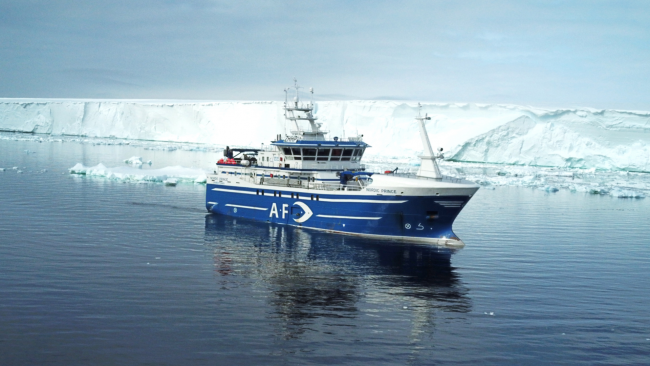
What’s in a product?
“But Chef, I heard Chilean seabass isn’t a sustainable choice.”
The truth of it is that any fish population is only as sustainable as the fishing methods allow. And unfortunately, there’s a lot of gray area in how companies determine that. At Truluck’s, we follow the science and guidance of the organizations that ensure sustainability and quality. The Marine Stewardship Council (MSC) sets the standard for sustainable fishing using regularly updated scientific criteria; and the Convention for the Conservation of Antarctic Marine Living Resources (CCAMLR) continually monitors, studies, certifies, and manages all activity involving the marine ecosystem of the Antarctic region. These organizations are passionate about conservation and managing the entire ecosystem, and we follow their lead.
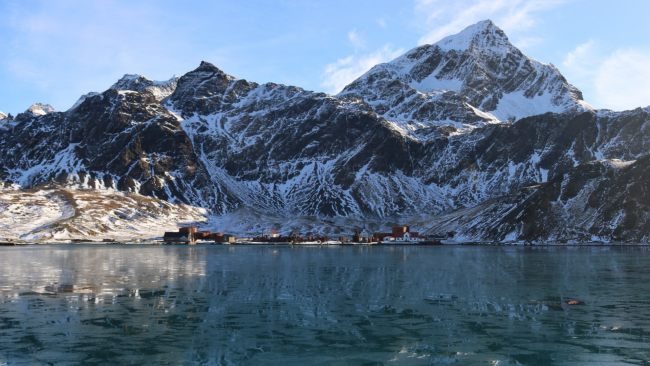
For Truluck’s, this means that the fisheries we work with exclusively are MSC and CCAMLR-compliant, doing more than just implementing sustainable fishing practices. Everything from trawling techniques that consider sea bird impact, keeping longlines submerged so as to not attract or snare sea birds or other marine wildlife, disposing of waste in a way that does not change the environment or disrupt the habits of the entire ecosystem, the seasonality for the fish and other animals—the list goes on and on. We partner with only the best fisheries that are driven by future-minded sustainability and advocating for the highest quality fish products.
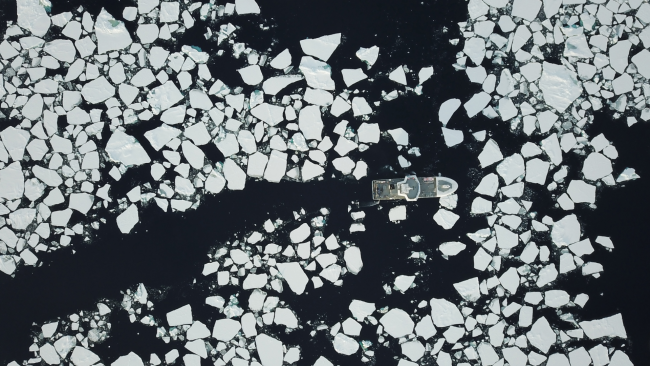
Yes, it’s a massive undertaking to continually monitor and adjust to maintain a healthy ecosystem. And yes, it can be expensive but high quality and environmental impact require investment and dedication. At Truluck’s, we believe setting the bar exceptionally high is the only way to guarantee quality fish and environmental balance. If it’s not done in the best, most environmentally-forward way, it doesn’t come through our kitchen. And I’m really proud that we can say that.
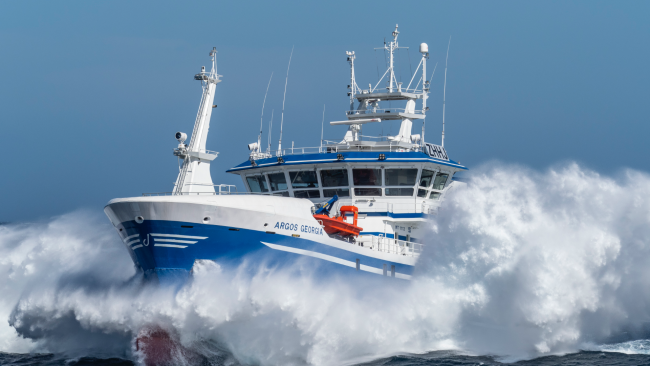
The Truluck’s Difference
Any chef worth his salt will tell you that the best way to prepare a fish is to start with the most perfect, natural product. Many, many years ago, we decided that the Truluck’s experience had to mean that only the most pristine, natural product would be plated, served, and sold. The Truluck’s team has spent countless hours—years—finding the best sources and developing ways to maintain and guarantee the integrity of the fish we catch and sell.
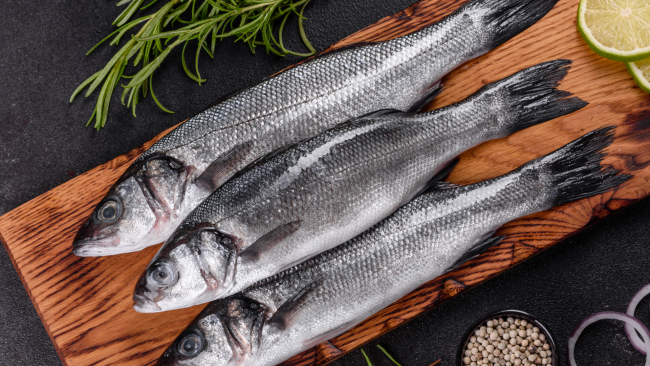
That’s why none of our seafood is treated. Some companies inject a stabilizing chemical into the fish to help extend its shelf-life and keep it as fresh as possible. The truth is, treating the products this way only serves to blow out the muscles and cells of the fish, creating a gelatinous blob instead of flaky, fresh meat. That’s not the Truluck’s experience—not now, not ever.
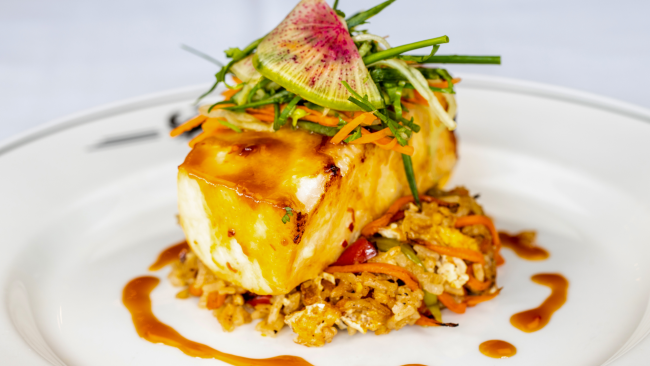
As a chef, I’m driven to create delicious meals from the best ingredients and products, and our Chilean seabass remains one of our popular dishes because of this mindset. When paired with crab fried rice and Pacific spice vinaigrette that took years to perfect, our Miso-Glazed Seabass lets the buttery, silky meat speak for itself. And that’s why I changed my mind about seabass.


 OCEAN'S FINEST SEAFOOD & CRAB
OCEAN'S FINEST SEAFOOD & CRAB

